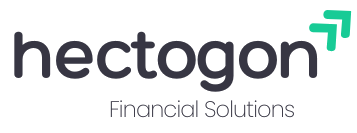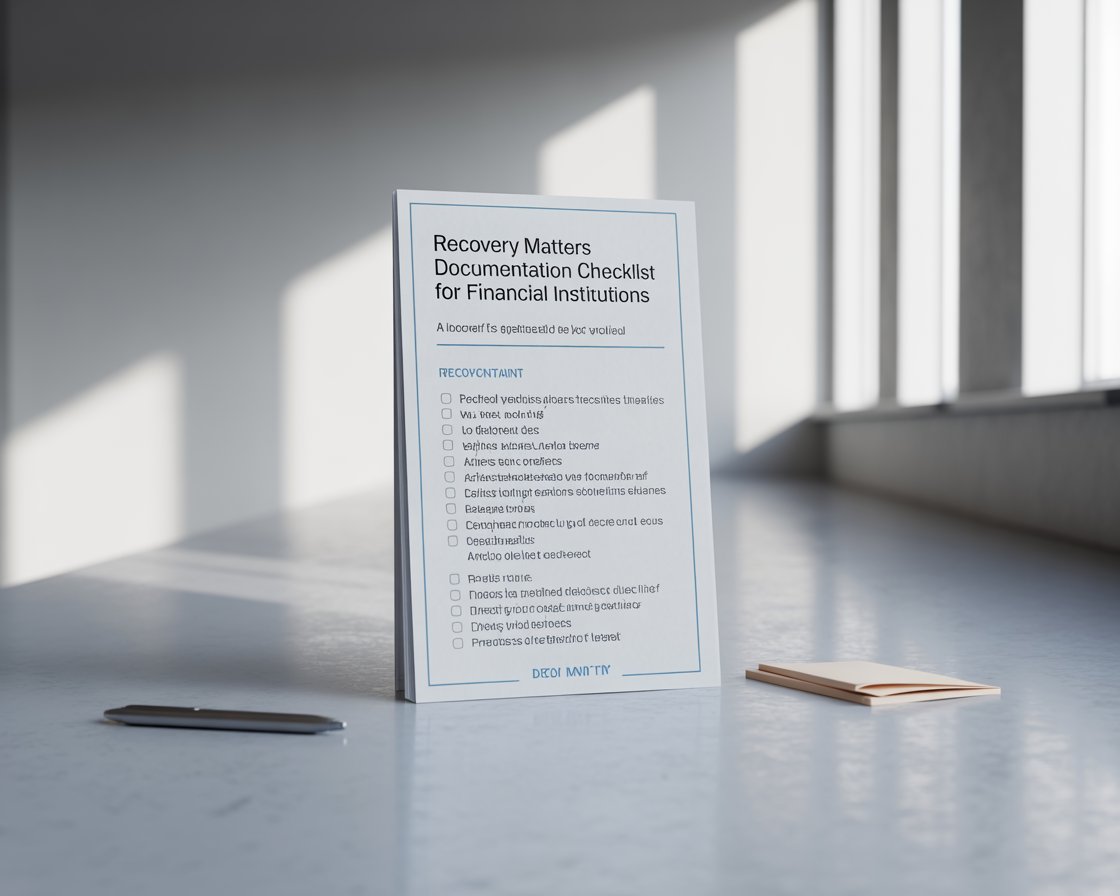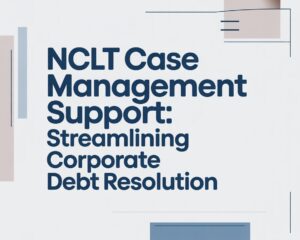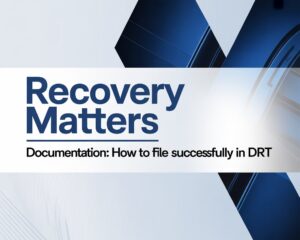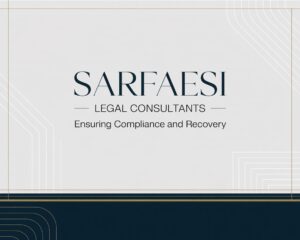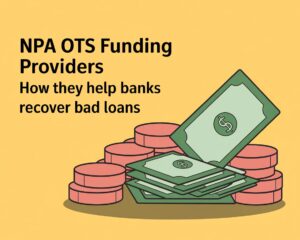Banks and other financial institutions are always prone to the danger of defaulting on loans. Although debt recovery measures like the Debt Recovery Tribunal (DRT), SARFAESI Act, and civil suits are in place, documentation of recovery matters is very critical to the success of such measures.
Incomplete or poorly maintained records in the case of loan recovery may undermine the lender and result in unnecessary delays. Conversely, a robust recovery matters documentation checklist will guarantee compliance, enable a faster court process, and improve the likelihood of recovering dues efficiently.
This guide also offers banks and financial institutions a detailed Recovery Matters Documentation Checklist, which addresses all phases of the lending and recovery process.
Why Recovery Matters: Documentation is Crucial
The issue of debt recovery does not only concern proving default, but also ensuring there is a clean record of the entire transaction that is legally valid. Clear debt recovery paperwork will show that the loan was duly authorized and issued, confirm the obligations and liabilities of the borrower, and establish default and non-recovery. It also empowers the lender in front of tribunals, courts, or recovery officers without compromising the Banking Regulation Act, the RDB Act, or the SARFAESI Act. Even a legitimate claim can fall apart in a court of law due to the absence of proper documentation, leaving defaulters with opportunities to evade liability.
Key Categories of Recovery Matters Documentation
To make the recovery process more effective, banks and other financial institutions ought to classify records into four broad categories: pre-loan sanction documentation, loan disbursement documentation, post-disbursement monitoring documentation, and debt recovery documentation. This systematic approach ensures that no significant paperwork is left out during recovery proceedings.
Pre-Loan Sanction Documentation
Lenders are required to gather sufficient information on an individual borrower before approving a loan. This is a crucial step, as any gaps or faults at this stage may create barriers in recovery. The paperwork to be presented at this level includes the loan application form with the borrower’s details, KYC documents such as identity and address proofs, and business registration records in the case of companies. Balance sheets, profit and loss statements, income tax returns, and other financial statements must also be collected. In addition, there should be credit reports from authorized bureaus and collateral documents, including title deeds, valuation reports, and encumbrance certificates. Finally, terms, conditions, and repayment requirements should be sanctioned through the issuance of a sanction letter. These records ensure borrower eligibility and create enforceable agreements.
Loan Disbursement Documentation
Once a loan is approved, the paperwork related to disbursement gains significance since it demonstrates that funds were released as per the agreement. Important documentation at this stage includes the signed loan agreement, a promissory note defining repayment terms, and guarantee agreements in case guarantors are involved. For secured loans, mortgage or security deeds must be registered to confirm the bank’s charge over property, while hypothecation agreements are required for movable property. This stage is completed with disbursement vouchers that record the release of funds. When executed properly, such a loan recovery documentation process ensures that borrowers cannot challenge the legality of the loan itself.
Post-Disbursement Monitoring Documentation
After disbursing funds, banks must ensure that continuous records are maintained to monitor repayment behavior. This step is critical in litigation, as it shows that the lender made efforts to collect dues before approaching the court. Documentation includes repayment schedules indicating EMIs, account statements reflecting repayment history and defaults, and the issuance of demand notices in case of missed payments. Correspondence such as letters, reminders, or emails between the lender and borrower serves as further evidence of collection efforts. Additionally, collateral inspection or site visit reports may be required. These documents collectively prove that the borrower had ample opportunity before legal proceedings were initiated.
Debt Recovery Documentation
In the event of default, lenders must have a strong set of financial institutions’ debt recovery documents to support their claims. This compilation generally consists of the initial loan agreement, sanction letter, promissory notes or guarantee agreements, and mortgage or security deeds. Certified statements of account under the Bankers’ Books Evidence Act are essential for filing before a tribunal. Other important records include default notices, recall notices, and authorization letters when a bank officer or lawyer files a case on behalf of the institution. Some cases may also involve recovery certificates issued by tribunals. These documents are critical, whether recovery proceedings are initiated under a Debt Recovery Tribunal, SARFAESI actions, or civil suits.
Recovery Matters Documentation Checklist
To simplify compliance, banks should adopt a comprehensive recovery matters documentation checklist for all loan cases. This checklist should include the loan application and sanction letter, KYC records, and credit reports. The loan agreement, promissory note, guarantee agreements, and mortgage or hypothecation documents must also be maintained. In addition, default schedules, loan statements, demand notices, borrower correspondence, valuation records, inspection reports, certified account records, and authorization letters are mandatory. With this documentation in place, lenders can build watertight cases, minimize borrower defenses, and accelerate the debt recovery process.
Legal Significance of Proper Documentation
Documentation plays a decisive role in tribunal and court rulings. For example, under the Bankers’ Books Evidence Act, certified account statements are mandatory when presenting claims before Debt Recovery Tribunals. Similarly, the SARFAESI Act requires valid mortgage deeds before banks can seize secured assets. Appeals to the Debt Recovery Appellate Tribunal also typically fail when documentation lapses are found. This makes it clear that lenders who prioritize recovery documentation for banks are more likely to secure faster settlements and avoid claim rejections.
Common Challenges in Recovery Documentation
Despite clear guidelines, many institutions struggle to maintain complete recovery records. Challenges include misplaced or lost original agreements, unregistered or flawed mortgage deeds, and incomplete borrower communication files. Additional issues arise from untimely notarization or certification. Poor interdepartmental coordination across branches often contributes to gaps in the loan recovery documentation process, weakening cases and delaying recovery. The solution lies in adopting centralized documentation systems and digitized archiving of important records.
Best Practices for Banks and Financial Institutions
To strengthen recovery processes, banks should implement standardized checklists for all loan accounts to ensure no details are overlooked. A digital records management system can securely store scanned documents and notices. Regular audits of loan files help identify missing paperwork. Employee training must emphasize the importance of thorough documentation, and legal professionals should be consulted during both loan sanctioning and recovery stages to validate procedures. By integrating these practices, financial institutions can reduce risks and improve recovery efficiency.
Role of Legal Services in Recovery Documentation
Legal assistance in debt recovery is often a decisive factor in determining whether cases succeed or fail. Law experts draft strong agreements and notices, scrutinize mortgage deeds, ensure registration, and certify account statements as admissible evidence. They also prepare the Original Application for tribunals and coordinate with collection agents. Engaging legal professionals early in the recovery matters documentation process strengthens the foundation for recovery and reduces the risk of disputes dragging on unnecessarily.
Conclusion
For banks and financial institutions, documentation is not just paperwork but a cornerstone of effective debt recovery. A thorough recovery matters documentation checklist minimizes borrower defenses, accelerates tribunal or court proceedings, and ensures compliance with debt recovery laws.
Through proper pre-loan, disbursement, monitoring, and recovery-stage documentation, lenders protect their financial interests and improve recovery timelines. While challenges such as missing records remain, adopting best practices, leveraging digital records, and seeking legal support can significantly improve recovery outcomes.
Every successful case begins with one step: strong and reliable Recovery Matters Documentation.
FAQs
What is recovery matters documentation?
Recovery matters documentation refers to the complete set of legal and financial records maintained by banks and financial institutions to support debt recovery cases, including agreements, notices, mortgage deeds, and account statements.
Why is a documentation checklist important for debt recovery?
A recovery matters documentation checklist ensures that no critical document is missed, strengthens the lender’s case, and accelerates proceedings by providing complete evidence before tribunals or courts.
What documents are required for debt recovery in banks?
Essential financial institutions' debt recovery documents include the loan agreement, sanction letter, mortgage/security deeds, repayment schedule, account statements, default notices, and borrower communication records.
How do documentation gaps affect debt recovery cases?
Missing agreements, unregistered deeds, or incomplete debt recovery paperwork can delay proceedings, weaken claims, and in some cases, lead to dismissal.
Can legal experts assist with recovery matters documentation?
Yes. Legal services ensure that the loan recovery documentation process requirements are met, with properly drafted, certified, and presented documents that comply with debt recovery laws. This significantly improves the lender’s chances of success.
